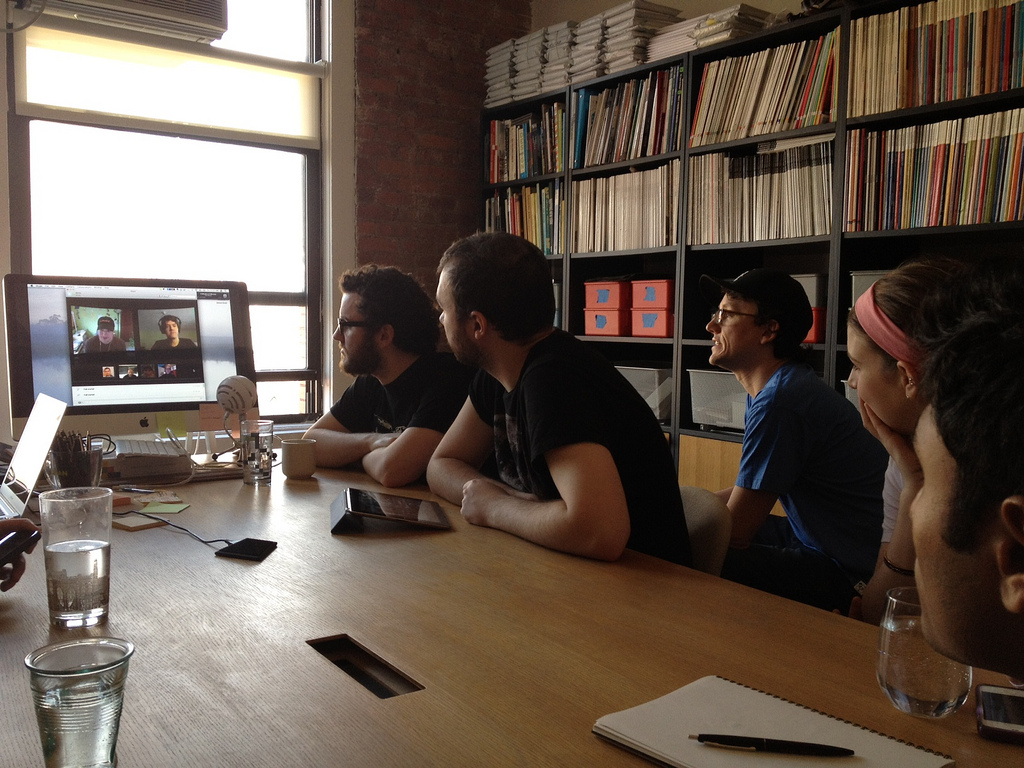Around forty five million Americans belonging to different sectors work from their homes, or from places where they are not directly monitored by supervisors. Managers find themselves tasked with learning how to manage their employees from distant places. Remote control used to be very challenging in the past, but due to advancement in technology, things have become easier, or more manageable. Working as a manager in an existing established venture is easier as you can learn from your seniors or from previous managers, but things are very much different in the case of startups. Below are some key points to keep in mind while managing a remote team for your startup business.
1. Building the Right Team:
Not every worker is suitable for working outside the office. Suitable workers need to be disciplined, self-directed, independent, and assertive for working seamlessly without direct eyeball supervision. Forming a good team is the first step towards remote management. Workers having a sense of responsibility will be productive even if they are left alone for extended periods of time. During the selection process, individuals having an experience of handling projects individually should be considered.
2. Declaring Expectations:
Just as with onsite workers, offsite workers should be told what is expected of them, especially regarding goals, milestones and deadlines. Verbal communication is usually not enough in such cases, and so documenting everything is a must. Standard of work should be communicated via guideline sheets. These sheets should be updated on a regular basis, and if there is any change in the organizational goals.
3. Using Cloud Technology:
In the past, data storage was limited to paperwork or optical disk storage, but now cloud storage has opened up an entirely different horizon. Cloud storage refers to web-based storage facilities. Such storage plays a vital role in the proper communication between the remote team and its manager. Storage services such as Google Drive allows you to save your spreadsheets, text and multimedia files online. These files can be viewed and edited by a specified number of people; and the manager can easily see the progress of their remote team by viewing the files stored on the storage service. Common document folders also work as notice boards as the manager can post files and share it with the concerned employees.
4. Using Different Communication Methods:
Using different communication methods is important in case of remote supervision. In contrast to onsite workers, offsite employees can’t simply walk across the hall to have a word with you in case of a problem. As a manager, it is important for you to make sure that employees can have access to you through multiple channels. Use web conferences to share news and stay in touch with all of your employees. Video conferences are the closest you can get to face-to-face conversations, and they are much more engaging as compared to emails. In case there is a time zone difference among different employees, a mutual communication time should be set in advance as well.
5. Measure Results, Not Activity:
The biggest fear that managers have while considering using virtual teams is how to know whether the employees are working as expected, or not. One simple way to do this is to install IP cameras in remote offices and monitor employees. But the truth is, you can’t really be sure whether they are indeed working each minute you see them from the cameras. Activity and productivity are two different things. Managers should provide specific, measureable and attainable goals for employees, as this will help create a sense of responsibility. When the employee knows that he/she has to complete a particular task within a deadline, there will surely be a positive outcome.
6. Setting up Meetings:
Physical meetings serve a number of crucial purposes for any organization. Entrepreneurs from different parts of the world have hired IT specialist teams in countries such as India and Pakistan. The biggest advantage of hiring skilled people from such countries is that they are much economical as compared to hiring people in USA, UK, Australia, among other countries. Physical interaction with such remote teams might be necessary in some cases. The manager should make a point to pay personal visits to such offices from time to time – for creating stronger bonds and to bridge gaps with the remote teams.
7. Feedback:
Last but not the least, feedback is extremely important in managing remote operations effectively. All employees should be asked for feedback and suggestions on a regular basis. Unlike onsite workers, you as a manager will not have receive any non-verbal communication from your remote employees; thus chances are, you won’t be able to put yourself in their shoes, and feel the issues that they face, if any.
Photo Source: Citrix Online













